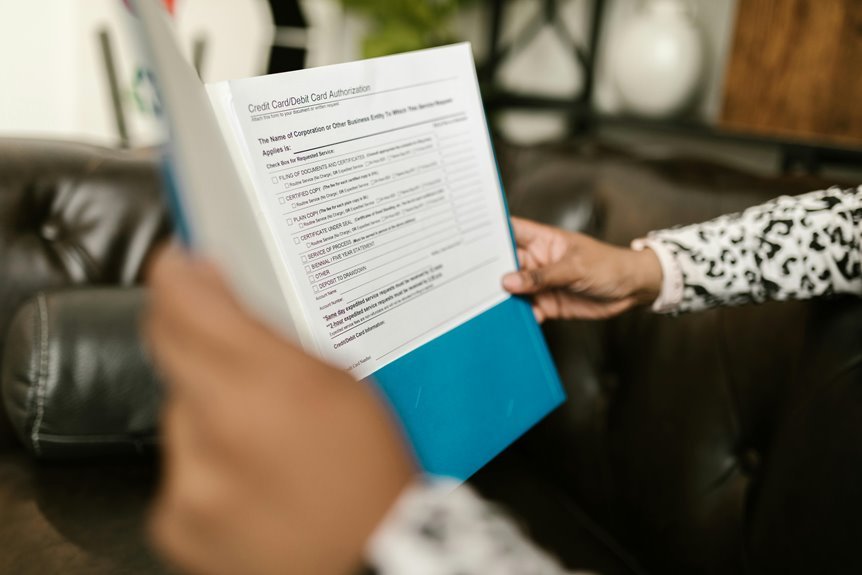Fraud Monitoring Hotline Caller Risk Authority 3271168058 3391905137 3792489503 3778483636 3479342243 3282490865

The Fraud Monitoring Hotline Caller Risk Authority numbers, such as 3271168058 and 3391905137, serve as critical tools in the fight against fraud. By evaluating these specific identifiers, organizations can better understand incoming call legitimacy. This process raises questions about the effectiveness of current strategies. What measures can be implemented to enhance detection further? Understanding the nuances of caller risk authority is essential for improving security protocols. The implications are significant.
Understanding Caller Risk Authority Numbers
Although the concept of Caller Risk Authority Numbers may seem straightforward, it encompasses a range of complexities that merit careful examination.
Effective caller identification is crucial for accurate risk assessment, as these numbers serve as pivotal markers in evaluating the legitimacy of incoming calls.
Understanding these nuances allows individuals to navigate potential threats while preserving their autonomy in decision-making processes regarding communication.
The Importance of Anonymity in Reporting
Anonymity plays a significant role in the effectiveness of fraud monitoring hotlines. The anonymity benefits encourage individuals to report suspicious activities without fear of repercussions, thus enhancing reporting effectiveness.
This protective measure fosters a culture of trust, enabling whistleblowers to share critical information that may otherwise remain concealed.
Ultimately, maintaining anonymity is essential for ensuring a robust and responsive fraud detection system.
Assessing Risk Levels of Incoming Calls
How can organizations accurately assess the risk levels of incoming calls to their fraud monitoring hotlines?
Employing caller identification techniques and conducting call pattern analysis are crucial methods. These strategies enable organizations to differentiate between legitimate concerns and potential threats.
Strategies for Enhancing Fraud Detection
Effective strategies for enhancing fraud detection are essential for organizations aiming to mitigate financial losses and protect their reputations.
Implementing real-time analytics allows for immediate identification of suspicious activities, while predictive modeling offers insights into potential fraud patterns.
Combining these approaches enables organizations to proactively address vulnerabilities, fostering a culture of vigilance and responsiveness in the ever-evolving landscape of fraud risks.
Conclusion
In the ever-evolving landscape of fraud detection, monitoring Caller Risk Authority numbers is akin to keeping a watchful eye on the horizon for storm clouds. By understanding the nuances of these numbers and prioritizing anonymity in reporting, organizations can better assess incoming call risks. Implementing strategic enhancements in fraud detection not only safeguards financial assets but also fosters trust among stakeholders. Ultimately, a proactive approach can mean the difference between thwarting fraud and facing the tempest of financial loss.




